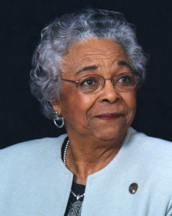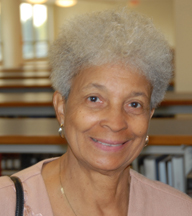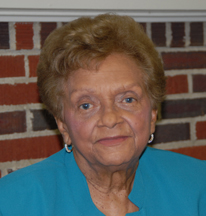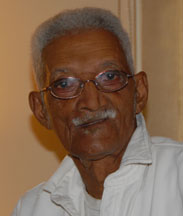

Social Activism and Social Justice |
||||||||||
| This research project falls within the realm of the “long civil rights movement”—an effort to examine the struggle for civil rights and social justice during the decades before the 1954 Brown v. Board of Education Supreme Court decision. One of the more complex questions that arises in the field of education concerns teachers’ efforts to engage in political and cultural struggle. Black teachers during the 1940s who were members of the NAACP ran the risk of losing their jobs; public statements and actions could have been life-threatening. Even support of unions could cause a teacher to be dismissed, as was the case at the participating Secondary School Study site, Huntington High School, nearby in the Hampton Roads, VA area. Seventy years of hindsight offers little insight for today’s researcher to ascertain what acts and gestures should have been undertaken by teachers in 1940. Social activism within the classroom and outside of the school take on differing meaning and levels of “impact.” What does become apparent is that D. Webster Davis School educators were well aware of social injustices, and many were engaged in efforts to instill courage among students as a way to work for civil rights and social justice. Those teachers involved with D. Webster Davis High School, including Audrey W. Brooks and her involvement with the Colbrook Inn, viewed as the first integrated hotel in the area, and Edna Meade Colson and her work with the NAACP, deserve further study. |
||||||||||
 Laureta Matthews |
“At D. Webster Davis, we did not necessarily discuss ‘race.’ Leaders were always amongst us. I met Eleanor Roosevelt and saw Duke Ellington, Marion Anderson, Langston Hughes; significant leaders came to our campus. Our strength came from community (where at times the white society wanted to attend.). DWD and VSU combined to form a magical place; we were a family because we knew one another and shared a vision—the power of community was not just because we were nearby one another. The community was strong through the strength of the school.” Laureta Matthews |
|||||||||
|
|
|||||||||
|
“Of course there were racial tensions, but the D. Webster Davis teachers gave us opportunity and provided us with knowledge. I never felt disadvantaged. There were white schoolboys nearby who were disadvantaged because they never took the opportunity to meet me. They were the ones who were segregated. I wish there were whites at Webster Davis who could have seen our camaraderie and how we respected each other.” |
|||||||||

an institutional member of the International Coalition of Sites of Conscience
Museumofed@gmail.com



